On the stand: What the Ford trial witnesses said
NORWICH – Broome County Court Judge Joseph F. Cawley will decide today at 3 p.m. whether or not George Ford Jr. is a murderer and deserves to spend up to 25 years in prison for the death of 12-year-old Shyanne Somers.
If found guilty in the landmark case, Ford would be one of the first ever convicted on pivotal GPS evidence in the nation.
Ford, 44, of Piscataway, N.J., is charged with second degree murder in the July 2007 death of his one time baby-sitter and neighbor in the Town of Otselic. Ford claims he accidentally ran her over while turning his truck around on Will Warner Road. The prosecution says Ford murdered her in an effort to silence her over an unknown incident that happened in the hours before her death.
More than 23 witnesses were called in the trial that began Feb. 2. Here’s a rundown of what they said:
• George Ford Jr. Ford took the stand Friday and disagreed with police, saying they had confused the details of his original statements, which were the only ones he has given since the day of his arrest July 8, 2007.
Ford testified that he and his wife, Cindy, were at a South Otselic graduation party for most of the day on July 7, 2007. Ford said he had a few beers, a couple of shots of whiskey and a single line of cocaine at the celebration.


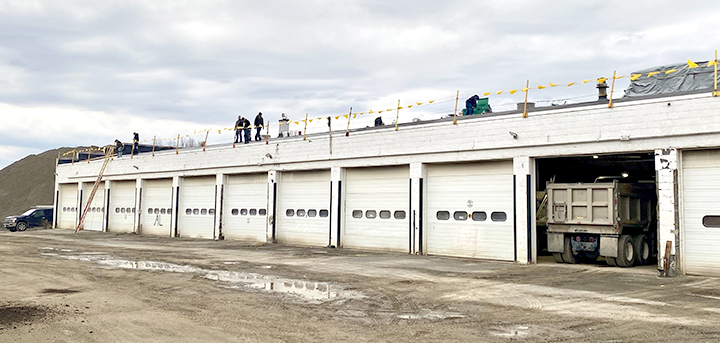
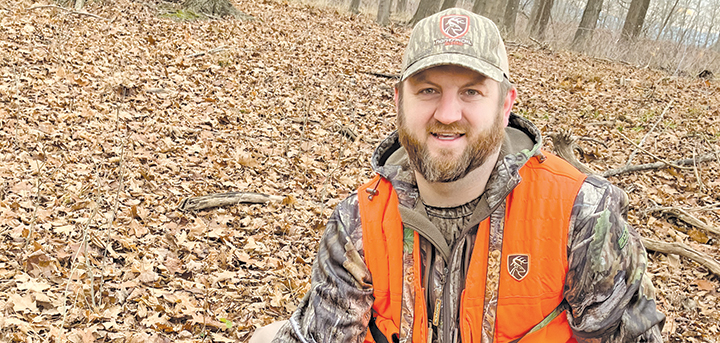

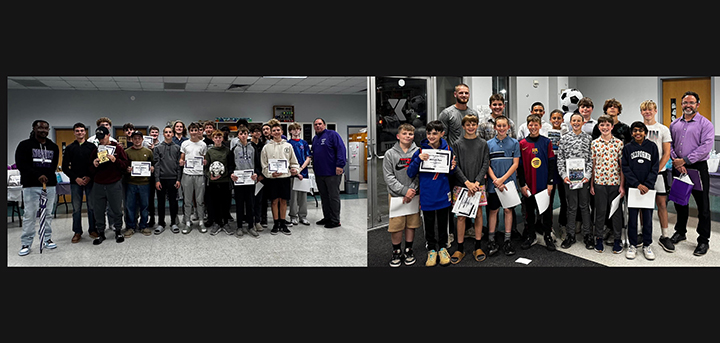
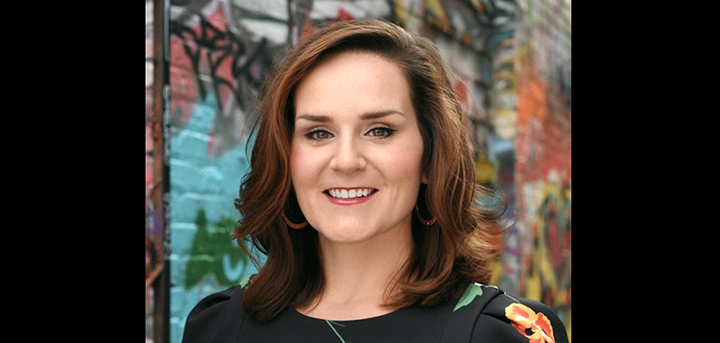
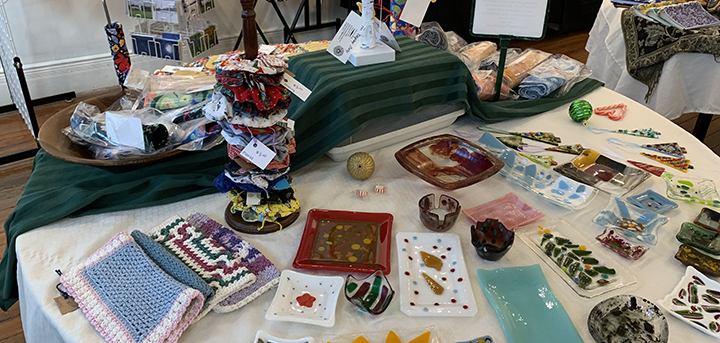

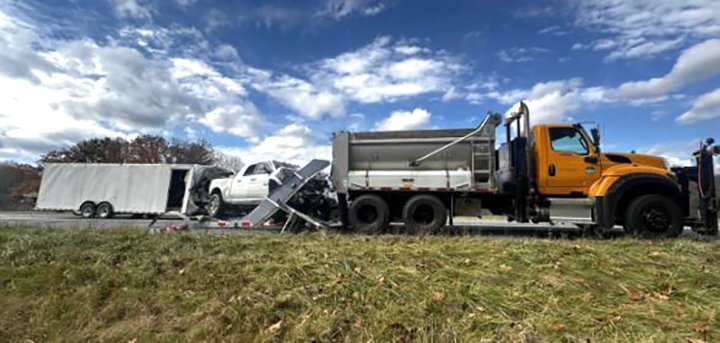

Comments